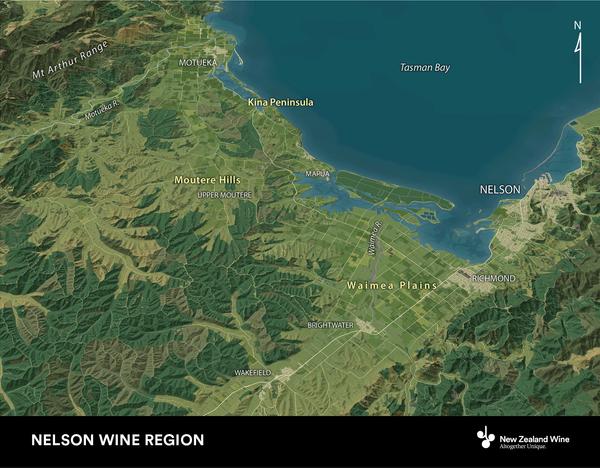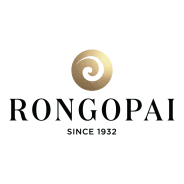
Nelson
This picturesque region, found on the northern tip of the South Island, benefits from high sunshine hours, a sheltered, moderating coastal climate and free-draining, semi-fertile soil.
Key statistics
1,082
2%
24

Characteristics
About the region
Beautiful, sunny Nelson is a must-visit for any wine visitor with
its tiny yet thriving high quality industry illustrating perfectly the region’s long history of horticulture and artistic endeavours.
Nelson has a gentle sun-drenched climate and a spectacular landscape ranging from golden sand beaches to rugged, bush-clad mountains. Grapes are grown in Moutere Hills and Waimea Plains; production is small but quality is impressive overall including some superlative highlights.
The region is long renowned for crops and orchards, with vines having been cultivated from the time of the mid 1800s German settlers. Bragato commented in 1895 on Nelson’s impressive potential but it was the pioneering 1970s producers who established the modern wine industry – and names such as Seifried and Neudorf are still going strong.
Excellent Pinot Noir, Chardonnay, Sauvignon Blanc and Aromatics are produced with Nelson also boasting an impressive and eclectic mix of other varieties.
Nelson has a vibrant artistic and café culture with many wineries offering the benefits of both at their cellar doors. The region’s compact size means visitors can get around most wineries in a day.
Nelson is a scenic two hour drive from Blenheim and while its obvious quality has attracted international critical recognition, being slightly off the beaten track confers a wonderful sense of tranquillity and relaxation to the region.

















